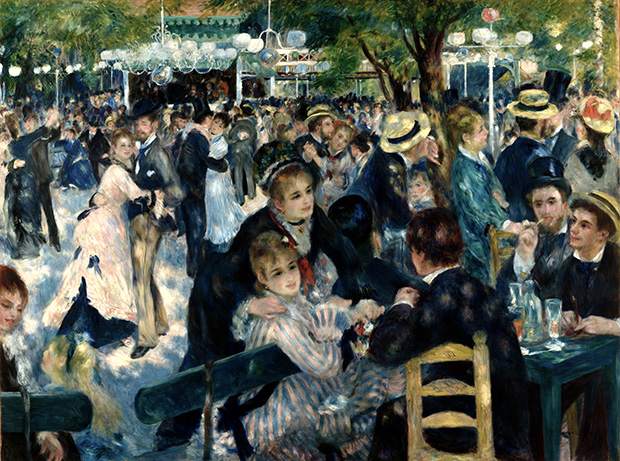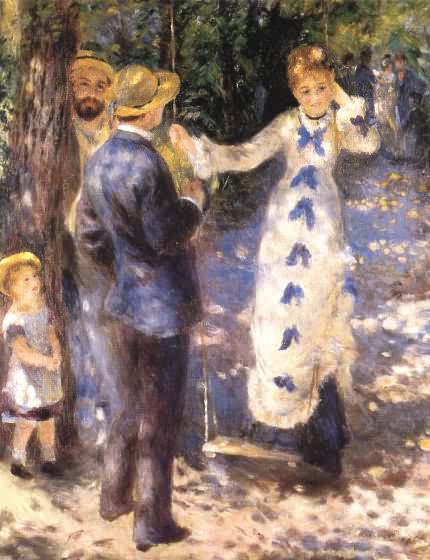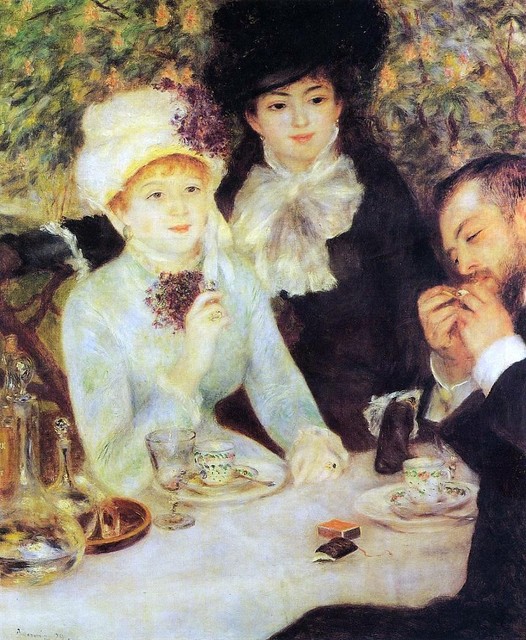
How Renoir captured the countryside in the city
The painter, who died 95 years ago today, used new paint technology to depict Paris as it changed
What role does industry play in the depiction of the natural world? Quite a bit, judging by the legacy of the French painter, Pierre-Auguste Renoir, who died on this day, December 3, in 1919.
The artist created lifelike scenes en plein air in the late eighteenth and early nineteenth century, rich with the quick, impulsive brush strokes of Impressionism, but also filled with naturalistic concerns common to the Barbizon school of painters. Indeed, references to Renoir’s work appears in both the Barbizon and Impressionism chapters of our new art history title, Art in Time.

The bucolic allure of the nineteenth century Barbizon School, named after a tiny village in the Forest of Fontainebleau, about 55 kilometers south-east of Paris, is clear. However, art lovers of that era were attracted to these rural scenes because of the rise of the urban environment. As we explain in Art in Time, the sense of timelessness and nostalgia in these pictures “contributed to the popularity of Barbizon paintings among the urban middle classes, for whom such scenes of untrammelled nature might provide a respite from the changes wrought by industrialization.”
Indeed, the same historical forces that moved labourers off the land and into the city were also affording painters greater access to the great outdoors. As we explain in the Barbizon School section of our new book, “The invention of premixed pigment in tin paint tubes in 1841 greatly abetted the practice of plein air painting, as noted by Pierre-Auguste Renoir, who stated that “without paint in tubes, there would have been nothing of what the journalists were to call Impressionism.”

Renoir knew this fortuitous invention led him to capture outdoor scenes immediately and candidly. Yet the great painter, who depicted scenes in both in Paris and in the Fontainebleau forest, was also lucky enough to be working at a time when there was still plenty of countryside still in the city.
His most famous picture, Dance at the Moulin de la Galette (top), was created at a time when Montmartre was changing from a hilltop village into seamy neighbourhood of the city’s demimonde. The canvas was painted after Haussmann's great renovation of the city, but still at a time when nature flourished. Could the painter have known that, in this scene, that he was not only caught something of the city’s vie moderne but also, as the French critic Georges Rivière put it, just a year after the work’s creation, “a page of history, a precious and strictly accurate memento of Parisian life”?
Perhaps. He certainly understood the role his humble tin tubes played in its creation. For greater insight into this painter's life and work, buy our monograph here, and for a firmer understanding of this period and many others, pick up a copy of Art in Time here.